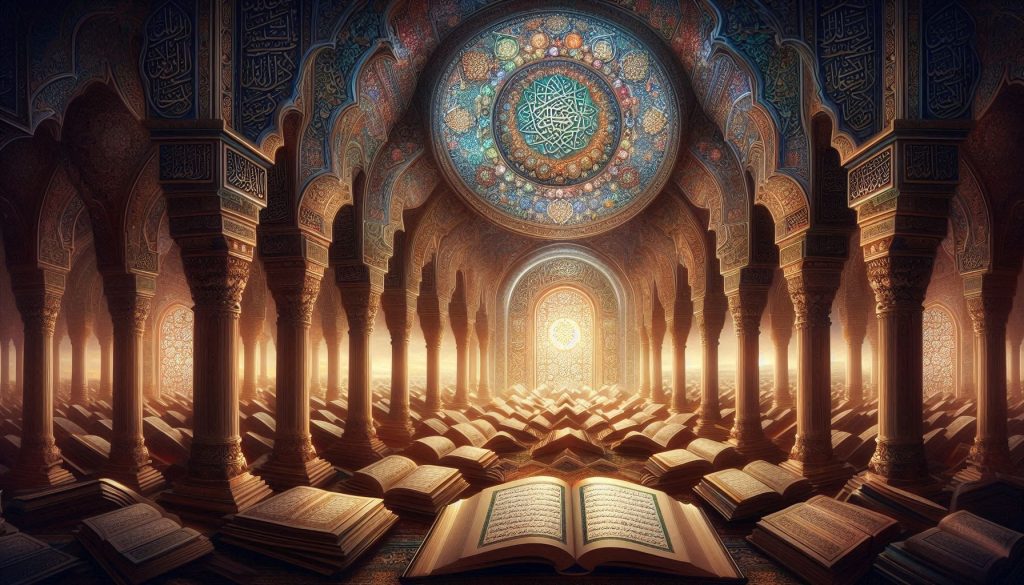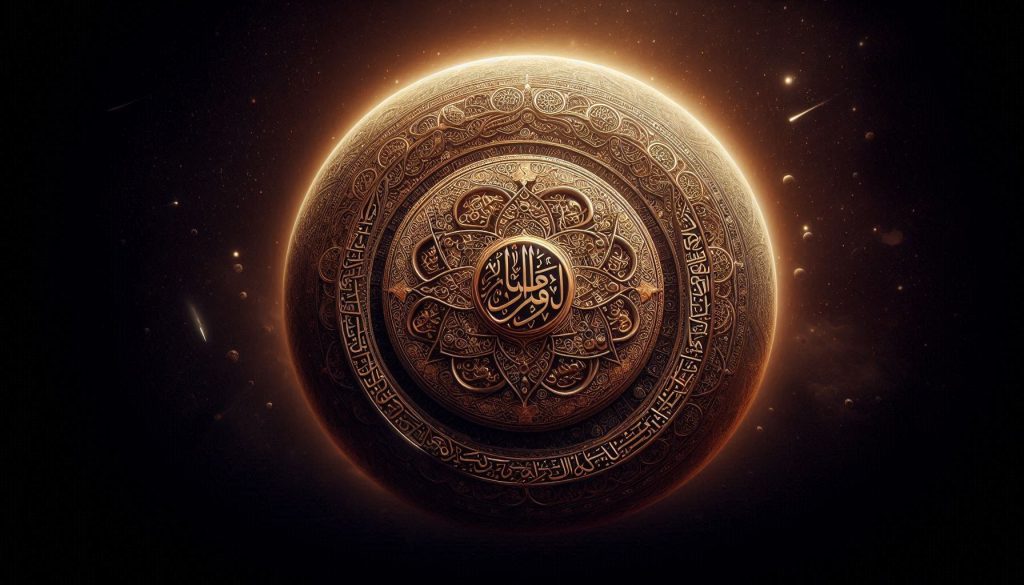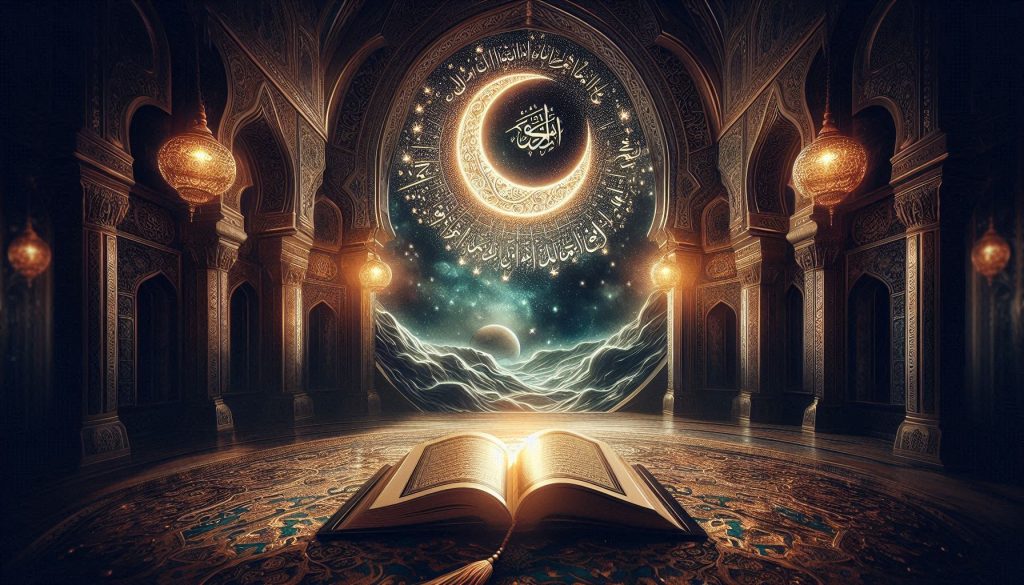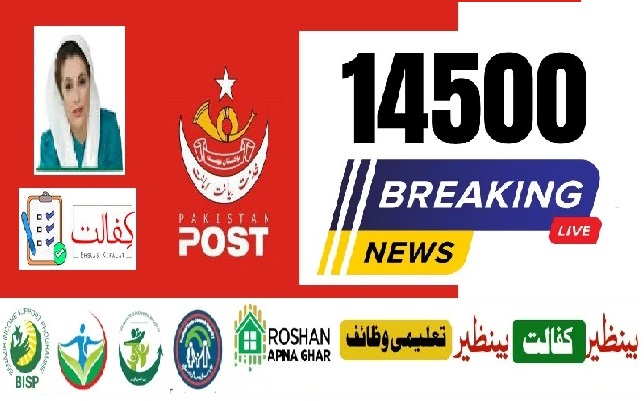
Introduction
The Holy Qur’an is a book filled with divine wisdom, guidance, and mysteries that continue to inspire scholars and seekers even today. Among these mysteries are the Haroof-e-Muqataat — the mysterious, standalone Arabic letters that appear at the beginning of 29 Surahs (chapters) in the Qur’an. These letters, also known as “Loh-e-Qurani”, hold powerful spiritual meanings and are considered some of the most powerful words in the universe.
In this article, we’ll explore the secrets of Haroof-e-Muqataat, their spiritual significance, historical interpretations, and why these letters continue to captivate the hearts of believers.
What Are Haroof-e-Muqataat?
Haroof-e-Muqataat (Arabic: حروف مقطعات) literally means “disconnected letters.” These are single Arabic letters or letter combinations that appear at the beginning of specific chapters in the Qur’an.
Examples include:
- Alif Lam Meem (الم)
- Yasin (يس)
- Kaf Ha Ya Ain Sad (كهيعص)
- Ta Ha (طه)

These combinations have no direct translation, and their meanings are known only to Allah (سُبْحَانَهُ وَتَعَالَى), yet many scholars have offered deep insights into their significance.
Why Are They Considered Powerful?
The Haroof-e-Muqataat are believed to be spiritual codes or divine symbols that hold immense power and mystery. Many Islamic scholars, saints, and spiritual leaders consider them to be part of the “Loh-e-Mahfooz” (Preserved Tablet), containing knowledge beyond human comprehension.
These letters:
- Reflect the linguistic miracle of the Qur’an
- Serve as a challenge to mankind to produce something similar
- Hold healing powers when recited with faith
- Are said to have divine vibrations when spoken

Spiritual Interpretations by Scholars
Although the exact meanings are known only to Allah, Islamic scholars have suggested possible wisdoms behind them:
- Divine Attention: These letters grab the listener’s attention before the verse begins — a divine calling.
- Secrets of Creation: Some scholars believe these letters contain the building blocks of creation, as Arabic is the language of the Qur’an and creation itself.
- Encoded Messages: Sufi scholars suggest they represent divine secrets that can only be unlocked through deep spiritual practice.
Loh-e-Qurani and Its Protective Power
The term Loh-e-Qurani often refers to the symbolic arrangement of Haroof-e-Muqataat, usually found written in calligraphy and worn for protection or placed in homes.
People believe that:
- It protects from evil eye and black magic
- It strengthens spiritual energy
- It brings barakah (blessing) and peace
- It acts as a shield against negative forces
While these practices are rooted in faith and tradition, the ultimate trust remains in Allah alone.
Examples of Surahs with Haroof-e-Muqataat
| Surah | Haroof-e-Muqataat |
|---|---|
| Al-Baqarah | Alif Lam Meem (الم) |
| Maryam | Kaf Ha Ya Ain Sad (كهيعص) |
| Yasin | Yasin (يس) |
| Taha | Taha (طه) |
| Qaf | Qaf (ق) |

Are These Letters Meant to Be Understood?
Allah says in the Qur’an:
“He it is Who has sent down to you the Book. In it are verses that are precise — they are the foundation of the Book — and others unspecific…”
— (Surah Aal-e-Imran 3:7)
This verse indicates that not every part of the Qur’an is meant to be fully understood by everyone. The Haroof-e-Muqataat fall into the category of “Mutashabihat” (ambiguous verses) — known best to Allah alone.
Mystical Insights and Numerology (Abjad System)
Some scholars, especially in Tibb-e-Nabawi and spiritual numerology, have tried connecting these letters to the Abjad system — a method where each Arabic letter has a numeric value.
Example:
- Alif = 1
- Ba = 2
- Jeem = 3
…and so on.
These numeric insights are often used in wazaif (spiritual formulas) and healing practices, though this area remains controversial and should be approached with care.

Use in Spiritual Practices
In some cultures, Haroof-e-Muqataat are recited:
- For ruhani healing
- Before starting a task
- To connect spiritually with the divine energy of the Qur’an
People use them in duas (prayers) or write them as taweez (amulets), but these practices must always align with Islamic boundaries and tawakkul (trust in Allah).
Conclusion
The Haroof-e-Muqataat are not just random letters — they are powerful signs from Allah that carry spiritual depth, hidden wisdom, and divine purpose. While their exact meanings may remain a sacred secret, reflecting on them increases one’s faith in the miraculous nature of the Qur’an.
Whether you’re a scholar, seeker, or believer, contemplating these divine letters will surely bring your heart closer to the message of the Qur’an.




